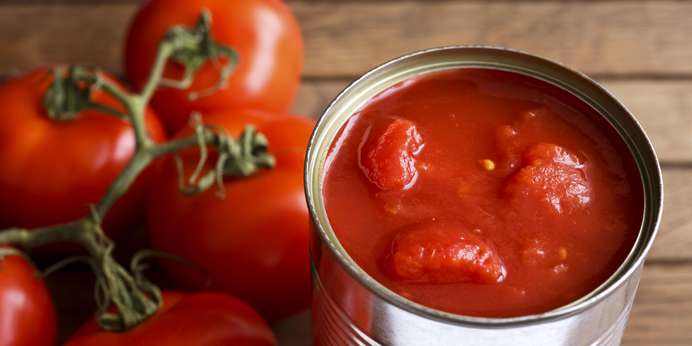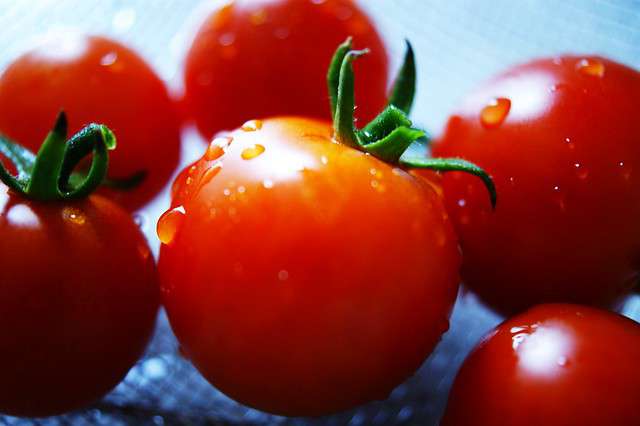
In the chaos of working and raising a family, my husband and I often interact more like business partners than a married couple. Thankfully, last Sunday my husband and I escaped for a much needed ‘date night’ to reconnect and take a break from the daily routines of who was grabbing what from the store or taking a turn on carpool that night. For weeks I had been planning our dinner date and was excited to try a new Italian restaurant that opened in town. The ambiance and charm reflect an Old World feel and the candlelit tables were a definite plus, but the true test for Italian cuisine for me is in the sauce.
Genuine Italian food is known for its rich tomato-based sauces and homemade flavors, so I could not wait to taste and compare what this quaint little hole-in-the-wall had to offer. I was not disappointed! I always order ‘extra’ marinara sauce on the side to judge for quality and genuineness. When the vibrant red sauce appeared, the visual appeal did not disappoint. Appearance is one of the first criteria I use to base my opinion and just one taste had me sold!
Fresh tomato color and flavor are the keys to quality sauce, when paired with the right texture and flavor it is almost like a little taste of Italy right there on your fork. Although the restaurant owner would not share his secret recipe, he did provide a little tip that took me by surprise. He said that one of his tricks was choosing quality tomatoes…in a can! Did I hear that correctly? That bright red burst of flavor was just screaming ‘fresh tomatoes’, so of course I had to ask for the brand name. Now I can’t wait to try out my own recipe and perhaps fool some guests of my own with a canned version of ‘homemade’.



